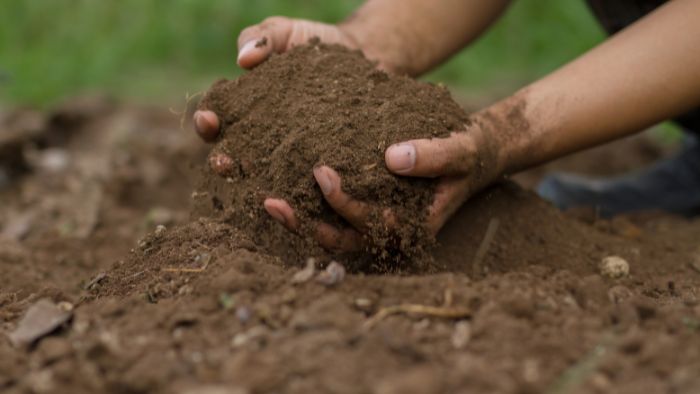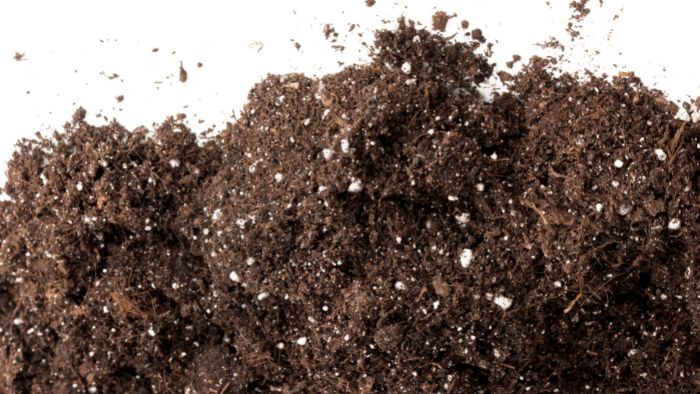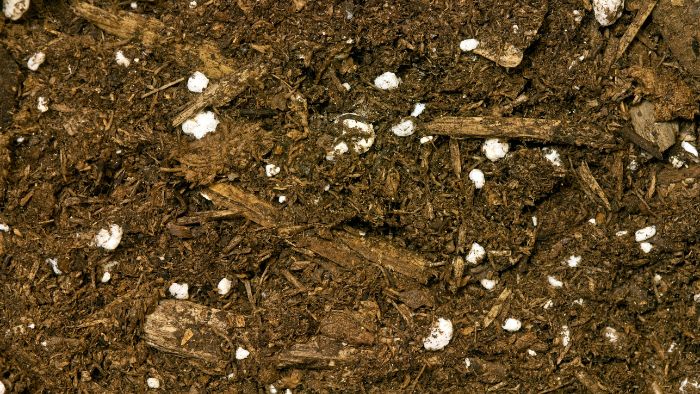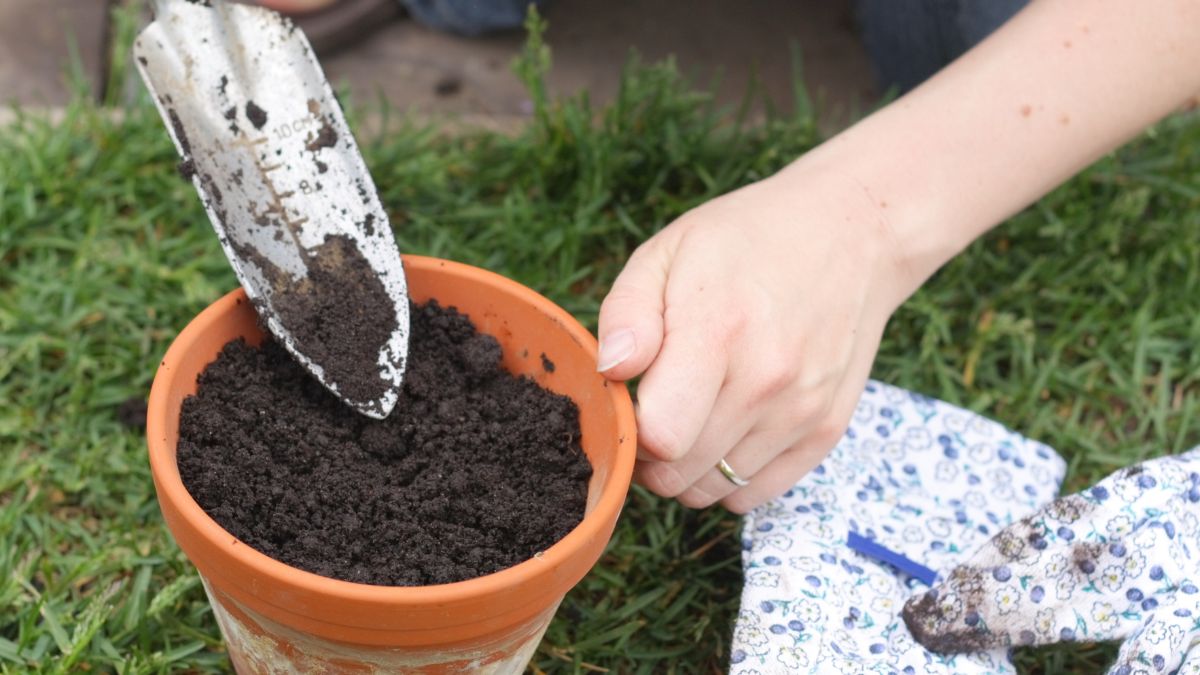If you want to know How to Make Potting Soil at Home in India, then this blog post is for you. Not only is it economical to make your own soil, but it also ensures that your plants are getting the nutrients they require. You may think that making your own soil is a difficult task, but, in actual fact, if you have the essentials it’s quite easy to do.
Having the best soil to grow your plants is important if you want them to thrive. For this reason, knowing the ingredients that potting soils contain is essential, especially if you plan on growing different varieties. Aside from air, sunlight, and climate, the soil is among the most important things for any plant to grow its best.
Although there are many soil types easily available at local nurseries, learning how to make your own will save time, money, and a lot of unwanted hassles. Have a look at the information below to learn more about making your own soil at home in India!
What To Consider Before Making Your Own Potting Soil?
Although it is great to know how to make potting soil at home, there are a few things that you should take into consideration before you start. This is to ensure that the end product is nutrient-rich for your plants to thrive. There are also certain aspects that you should aim for when making soil at home.
Firstly, the soil should be lightweight and have good moisture retention properties. This will ensure that plant roots receive sufficient air and water. Also, the soil should be able to drain well to prevent root rot. Although some plants can survive in soggy soils, most others cannot. Therefore, well-drained soil is best.
The soil should also provide plants with sufficient nutrients. Composted soils that are high in organic matter and minerals will afford you a lush garden. Preparing potting soil for your garden is easy, but make sure to consider the aspects above when making it. It will ensure that your plants grow healthily and reach their full potential.

How to Make Potting Soil at Home in India
When I first learned how to make potting soil at home, I initially thought it would be a difficult task. To my surprise, the soil mix was simple to make as it required common ingredients that are easily available at local nurseries. However, if you cannot find the ingredients needed to make your soil, then I do have a few alternatives that I would like to suggest.
The most common ingredients used in homemade potting soil include Gobar ki Khaad, manure, compost, perlite, vermiculite, peat moss, or coco peat. To improve soil drainage, perlite and vermiculite are recommended. However, it is essential to note that vermiculite has excellent water retention properties while perlite does not.
Additionally, depending on the plant you’re growing and its demands, using either will be beneficial. You can also use pumice or sand which is a good alternative. Although peat moss may be difficult to find in certain regions, coco peat is always readily available at most garden stores.
It has a neutral pH which is good for most plants. Cat litter, pine bark humus, leaf mold, and composted wood fiber are other good alternatives. Mixing equal parts coco peat, vermiculite, or perlite, and compost will give you nutrient-rich homemade potting soil.
The Best Potting Mix for Vegetable Gardening
Now that you know how to make potting soil at home, let’s find out which potting mix is best for vegetable gardening! The best way to have a daily fresh supply of vegetables is to home-grow them.
However, using enriched soils will afford you abundant harvests all year through.

Here’s a List of the Best Potting Mix for Vegetable Gardening:
- Mix together equal parts coconut coir and peat moss.
- Add in one part manure or compost.
- Add in one part vermiculite, perlite, or pumice.
- Thereafter, add in a quarter cup of Epsom salts and give it a good mix.
- The above ingredients make an excellent potting mix for vegetable gardens and can be used for succulents and seedlings as it’s nutrient-rich.
Soils that are rich in nutrients will give you a bountiful harvest if they are amended according to your plant’s needs. Using organic soil may be a little more costly but the reward of having an organic garden is priceless. Watch the next video to learn more about making potting soil at home.
What Are The Benefits Of Homemade Potting Soil?
There are several benefits of using homemade potting soil in your garden. Not only is it affordable, but you also have leeway to amend it according to your plant’s demands. Therefore, having knowledge of how to make potting soil at home is beneficial to both established and new gardeners.
Listed below are a few essential benefits of homemade potting soil that you should take note of. Keep in mind that it will allow you to reap a thriving harvest!
Benefits:
• Making your own potting soil will save you time and money.
• You can add and subtract nutrients according to your plant’s demands.
• You can amend the soil to suit your climate.
• Homemade potting soil has excellent water retention properties.
• It contains a neutral pH which is essential for most plants to thrive.
• It possesses a variety of substrates which include organic matter, compost, perlite, and other plant materials.
• Homemade potting soil is an excellent environment for plants to grow in as it stimulates root growth.
Conclusion

You should have no problem growing a thriving garden now that you have the knowledge of making potting soil at home in India. Whether you choose to plant flowers or vegetables, your homemade soil can be amended to suit your individual plant needs. It is easy to make and also affordable which is an added bonus.
The aim of making your own soil is to ensure that your plants are getting the best nutrients and minerals. Aside from that, although potting soil is easily available at most local nurseries, they are all not suitable for every plant.
While some plants will thrive in any kind of soil, others will not do as well. Therefore, it is essential to ensure that your garden thrives by paying attention to the needs of each plant. Click on the link to learn more about homemade potting mixes from the IFAS Extension at the University of Florida.
FAQs
[rank_math_rich_snippet id=”s-42cff694-4ff7-446c-907f-407c8c33e520″]

